How EM Technology is Revolutionising Composting: Less Heat, More Microbes, Better Results
For those involved in sustainable agriculture or composting, the microbial life in your heap is everything. At Agriton UK, we’ve been exploring how Effective Microorganisms (EM) like Actiferm are transforming the way compost is made—reducing volume loss, balancing microbial profiles, and enabling natural, low-input systems.
1. Compost Volume Retention & Microbial Balance
Conventional composting often results in significant volume loss due to high-heat, aerobic microbial activity that burns off valuable carbon. But when EM is introduced, especially in its activated form (such as Actiferm), a shift occurs. The composting process becomes more mesophilic—encouraging fermentation rather than combustion. This leads to:
Less mass loss through CO2
Improved nutrient retention
Reduced need for turning
Fungal Growth Considerations
While EM includes beneficial bacteria like lactic acid strains and yeasts, it doesn’t suppress fungi outright. In fact, moderate application rates support fungal populations. If your aim is a high fungal-to-bacterial (F:B) ratio, EM can still be an ally—just avoid heavy applications early in fungal colonisation. It’s about timing and balance.
How to Apply EM in Compost:
Use activated EM like Actiferm
Dilute at 1:10 to 1:50 depending on use case (spray, soak, drench)
Factor EM moisture into overall compost hydration (~60% target)
2. Proprietary vs. Local Microbial Cultures
Actiferm is a proprietary blend developed under strict quality controls. It includes lactic acid bacteria, phototrophic bacteria, and yeasts. That said, Agriton recognises the value of local alternatives. In regions where cost or access is a barrier, local inputs such as rice water, molasses, or milk can be used to produce Indigenous Microorganisms (IMO) in styles similar to Korean Natural Farming (KNF).
These methods are essentially parallel to making EM-style brews and can be highly effective when done carefully.
3. Facultative Microbes & KNF Synergy
Facultative microbes—those able to survive in both aerobic and anaerobic conditions—are foundational to the EM and bokashi systems. They don’t just survive composting; they thrive in it. Chris Trump’s IMO 1–3 methods align closely with EM fermentation principles. DIY systems can incorporate:
Fermented fruit or plant juices
Sea water (rich in trace minerals)
OHN (Oriental Herbal Nutrient) — optional, complex but powerful
By blending these KNF inputs with EM systems, composters can create robust, balanced microbial consortia suited to local materials and goals.
Conclusion: Feed the Feeders
At Agriton, we believe in nourishing the soil not just with inputs, but with intention. By integrating EM technology, local microbial cultures, and KNF practices, compost becomes more than waste management—it becomes regeneration.
Whether you're composting at home or managing a farm-scale system, the principle is the same: feed the feeders.
Join us in building a more microbial, more meaningful future for composting.
